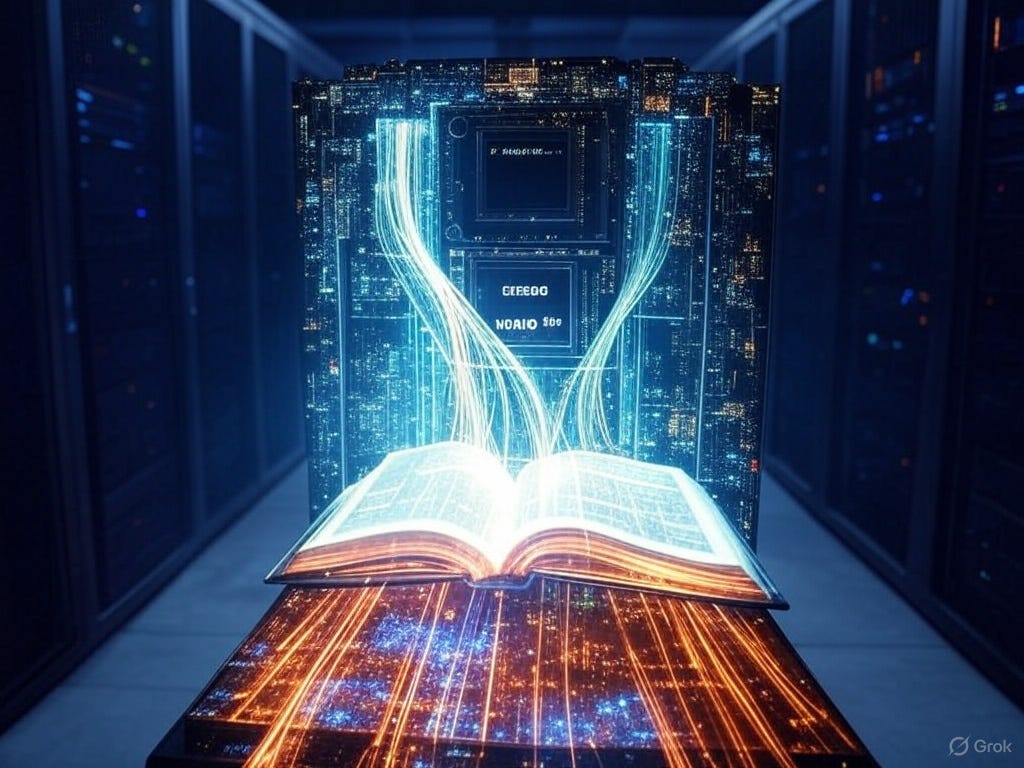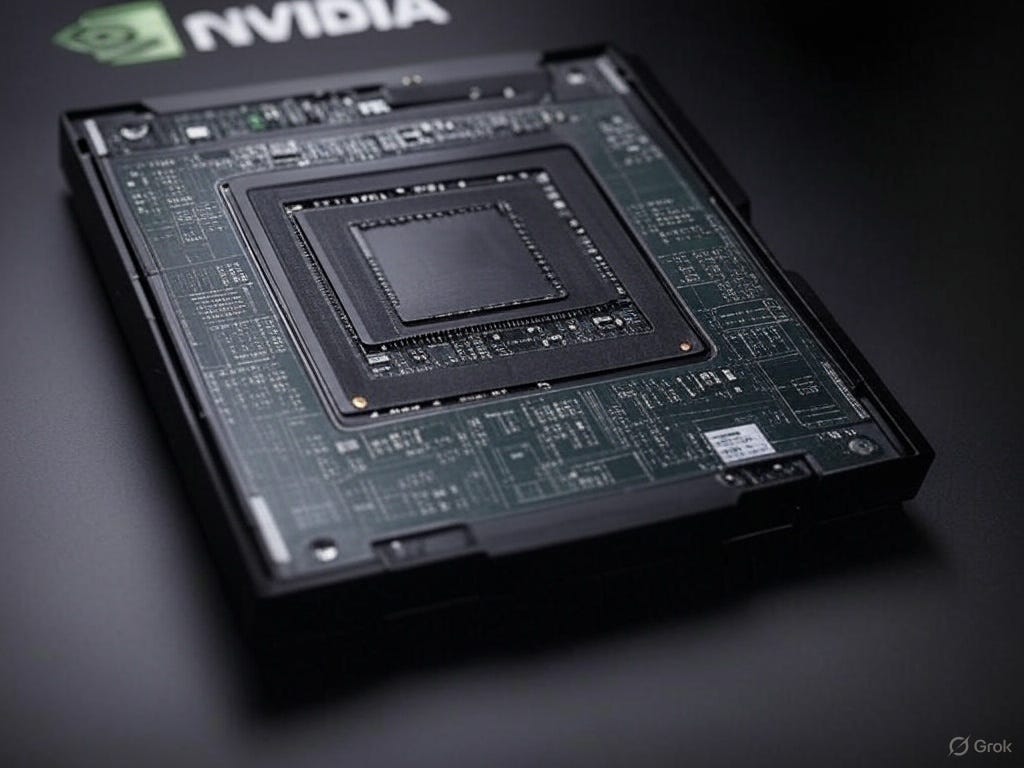Nvidia GPUs: Powering the Future of AI with the H100 and the upcoming B200
Exploring the Nvidia H100 and the soon to be released B200 GPU, their SXM form factors, and the specialized servers driving AI innovation.
Nvidia GPUs have become the backbone of artificial intelligence, driving the computational power needed to train and run today’s most advanced models. In this blog post, we’ll take a deep dive into the H100—the current gold standard for AI workloads—the upcoming B200, and the specialized hardware that makes these chips shine. We’ll also explore why optimization is key in this high-stakes world.
The H100: The Current King of AI GPUs
Let’s start with the Nvidia H100, the reigning champion for AI model training and inference. This GPU is a beast, capable of handling massive workloads with ease. A single H100 costs between $25,000 and $40,000, depending on configuration and volume—a hefty price tag, but one that’s justified by its performance. For example, it can train a billion-parameter model with a textbook’s worth of data in about 7 minutes. That’s the kind of speed that turns weeks of computation into a coffee break, making it a must-have for AI researchers and companies pushing the boundaries of machine learning.
The H100’s power isn’t just about numbers; it’s about enabling breakthroughs. As Sam Altman, CEO of OpenAI, has said, “The amount of compute needed to train AI models is doubling every few months, and without advancements in hardware, we wouldn’t be able to keep up with the demands of AI research.” The H100 is a direct answer to that demand, fueling everything from chatbots to cutting-edge scientific simulations.
The B200: A New Era of Performance
But Nvidia isn’t stopping there. Enter the B200, an exciting new chip set to debut soon. Priced at around $30,000 to $40,000—not much more than the H100—it promises to be a game-changer. How? It’s expected to be four times faster than the H100, capable of training that same billion-parameter model with a textbook’s worth of data in less than 2 minutes. That’s not just an incremental improvement; it’s a leap that could unlock new possibilities in AI, from trillion-parameter models to real-time applications that redefine industries.
The B200’s arrival is generating buzz for good reason. Companies like xAI, which powers projects like Grok, are already deploying tens of thousands of H100s in data centers like Colossus. With the B200, they’ll have even more horsepower to tackle the next generation of AI challenges.
SXMs: The Specialized Form Factor
These modern AI chips aren’t your typical consumer GPUs. They come in a specialized form factor called SXM (Server PCI Express Module), designed specifically for high-performance computing. When you buy an H100 or B200, you’re not just getting the GPU—you’re getting it embedded in an SXM module. This isn’t optional; it’s essential.
So, what is an SXM? Think of it as the perfect partner to the GPU, like a custom chassis for a high-performance engine. The SXM provides the power delivery, cooling, and network connectivity that these chips need to operate at their peak in data center environments. Each GPU has unique specifications—hundreds of watts of power, intense heat output, and high-speed data transfer requirements—and the SXM is tailored to meet them. It wouldn’t make sense to purchase an Nvidia GPU without its corresponding SXM; they’re a single, inseparable unit built to work together.
Specialized Servers: Built Around the GPU
These SXM modules don’t just sit on a shelf—they’re installed into servers designed specifically for them. Nvidia offers the DGX series, with each model crafted for a particular GPU generation. For instance, the DGX H100 is built to house H100 GPUs, complete with optimized power supplies, advanced cooling systems, and high-speed interconnects like NVLink. Some of these servers can hold up to eight GPUs, turning a single machine into a computational juggernaut.
But Nvidia isn’t the only game in town. Third-party vendors like Dell, HPE, and Supermicro also offer servers that support Nvidia’s SXMs. These aren’t off-the-shelf systems; they’re engineered to meet the exact needs of each GPU generation, from power draw to thermal management to network bandwidth. Whether it’s a DGX or a third-party server, the design revolves around the GPU—not the other way around.
Optimization: Maximizing Every Dollar
When a single GPU costs tens of thousands of dollars, you don’t leave performance on the table. That’s why optimization is critical in high-end AI hardware. Servers aren’t generic; they’re purpose-built for specific GPU chips to squeeze out every ounce of capability. The power supply must deliver the precise wattage, the cooling must handle the heat, and the interconnects must support multi-GPU communication. This tight integration ensures that organizations get the most out of their investment.
This isn’t just about AI either. Nvidia GPUs are accelerating breakthroughs in fields like drug discovery, where they simulate molecular interactions to find new treatments, and climate science, where they model environmental changes with unprecedented detail. In these high-stakes applications, an optimized system can mean the difference between success and stagnation.
Looking Forward
The H100 is the current gold standard, but the B200 is poised to take the crown, offering blazing speed at a similar cost. These GPUs, paired with their SXMs and housed in specialized servers from Nvidia’s DGX line or third-party vendors, represent a carefully optimized ecosystem. As AI continues to transform the world, this hardware will remain at the heart of it, driving innovation and discovery at an unprecedented pace. The future of GPUs is bright—and fast.





Hi there, thanks for this very interesting Substack blog!!
Could you tell me how these GPU's compare with competitive alternatives? For example, what about a stack of Mac Studios?
Also, what would be the closest international competitors (i.e., Japanese, Chinese, European)? I understand that the semiconductors in Nvidia products are made in Taiwan but the IP is owned by Nvidia which is a US corporation.
Or maybe I should just ask Grok?